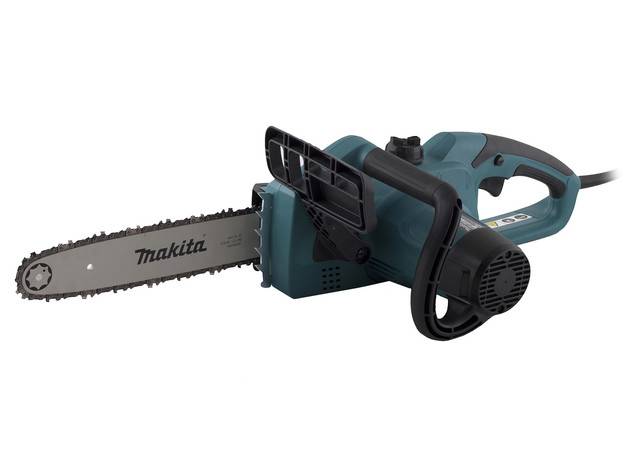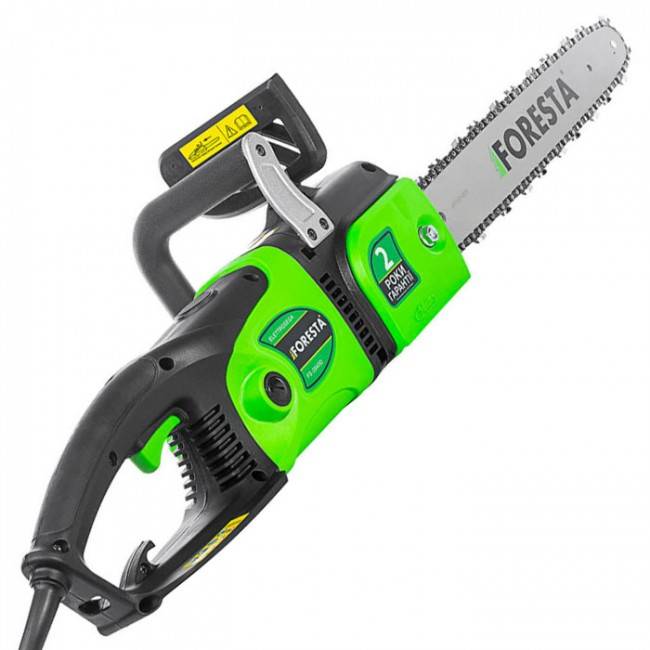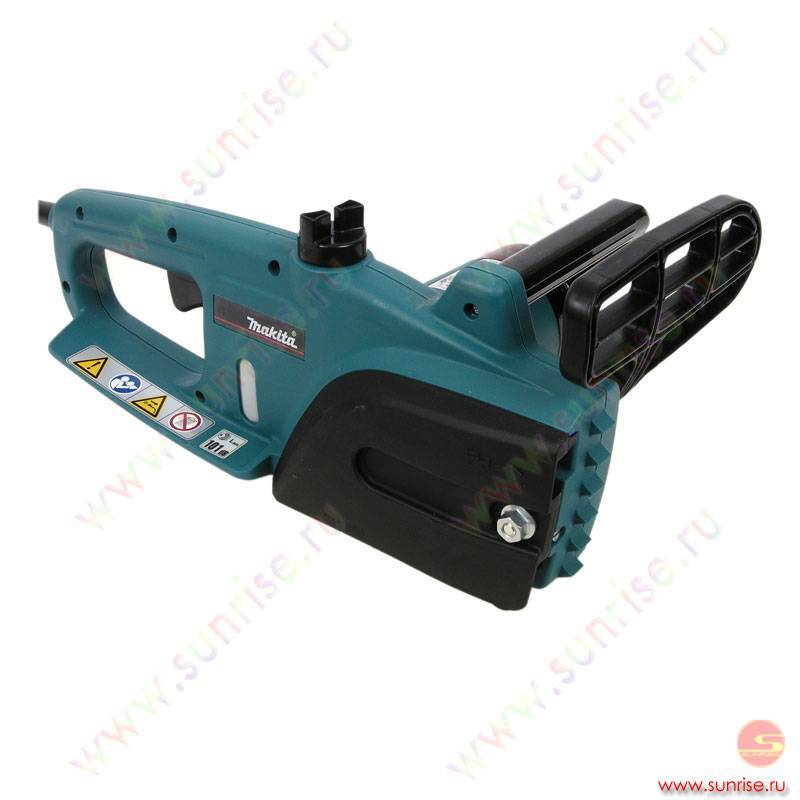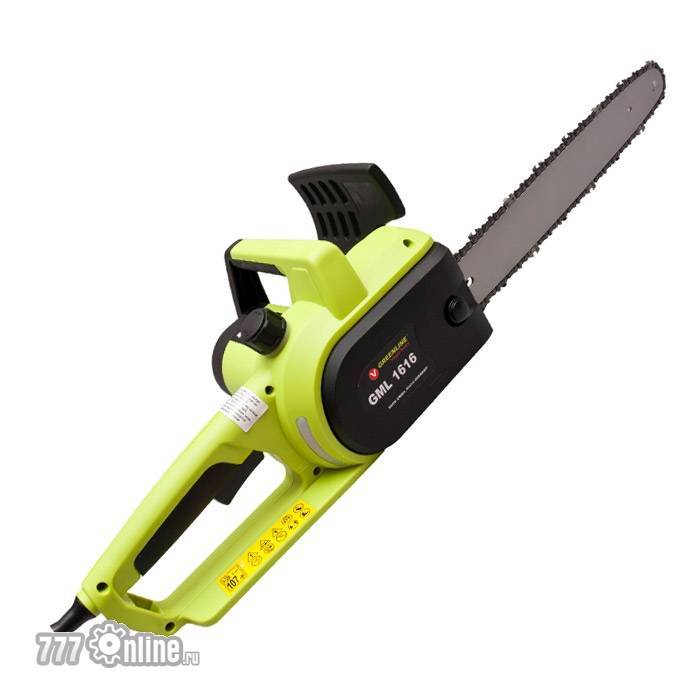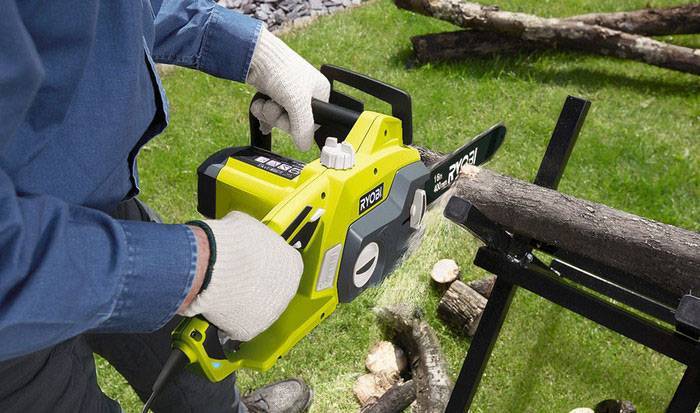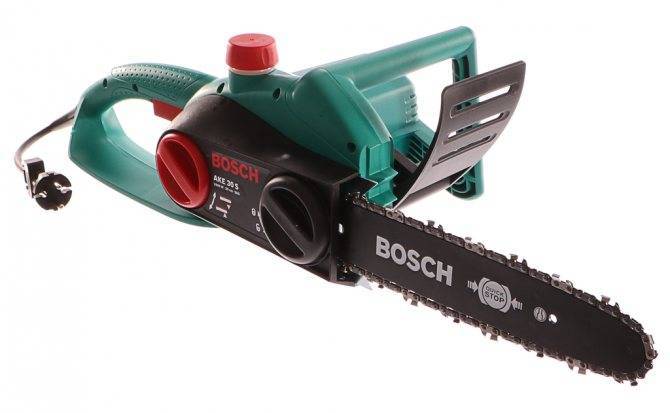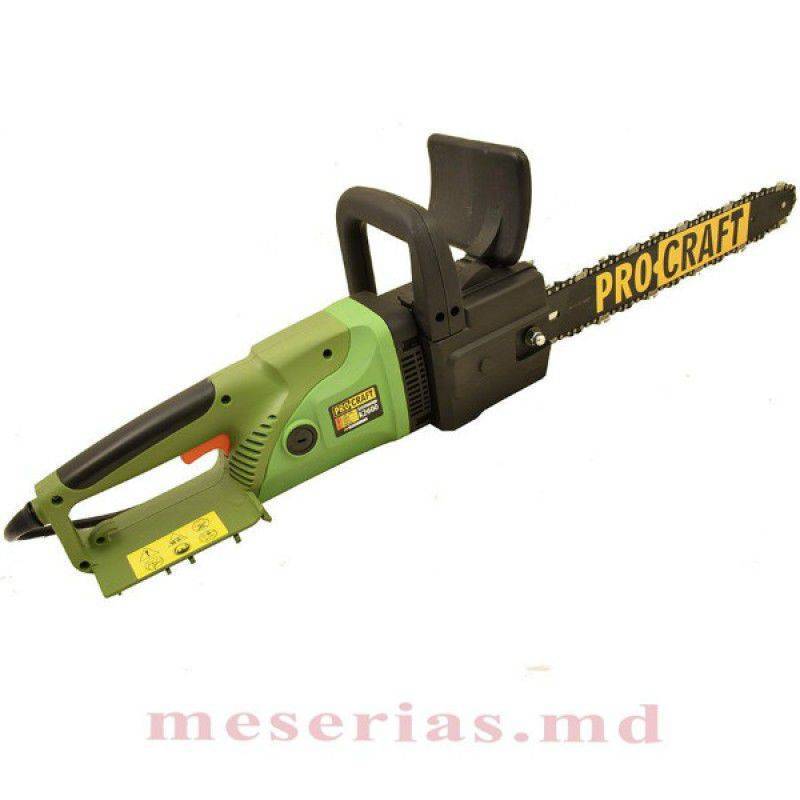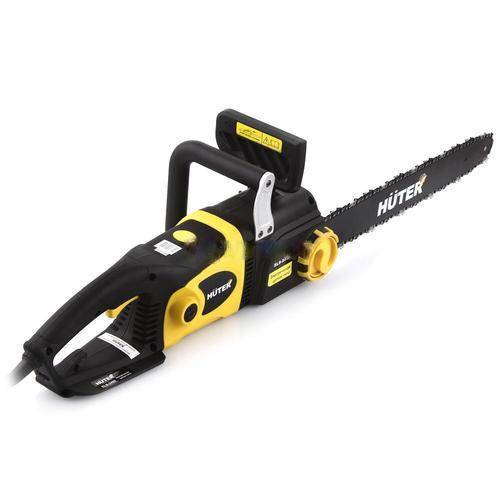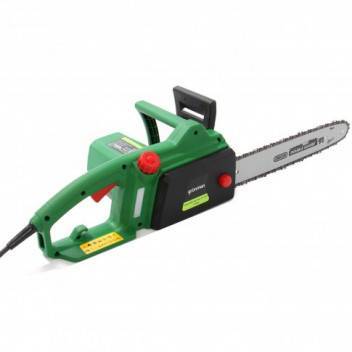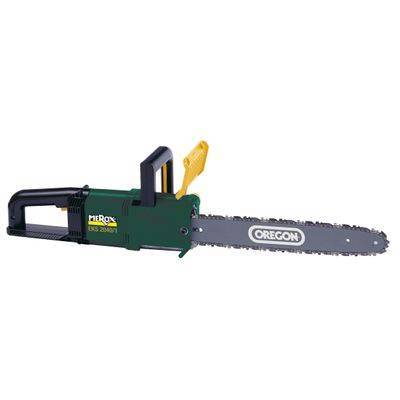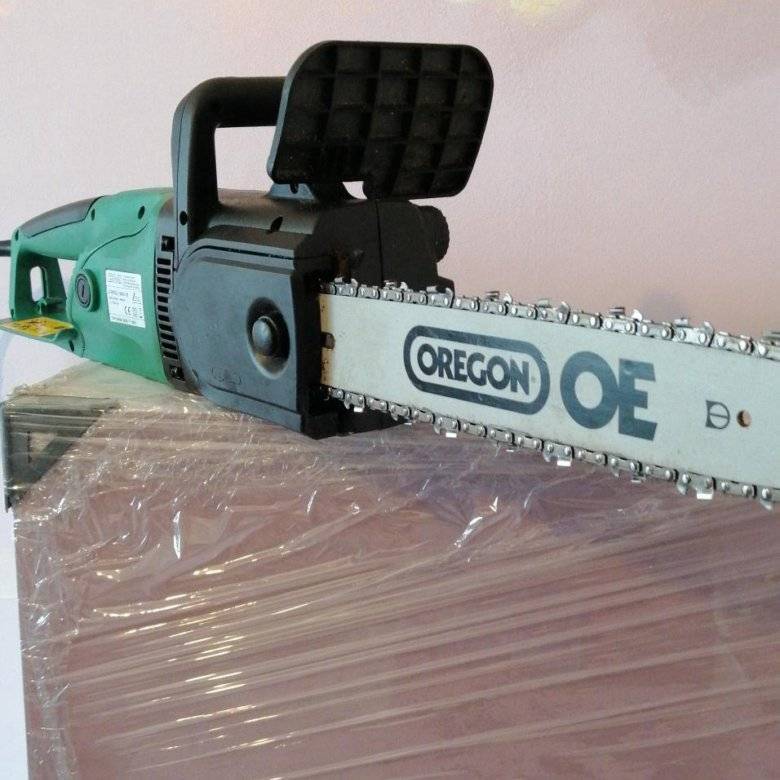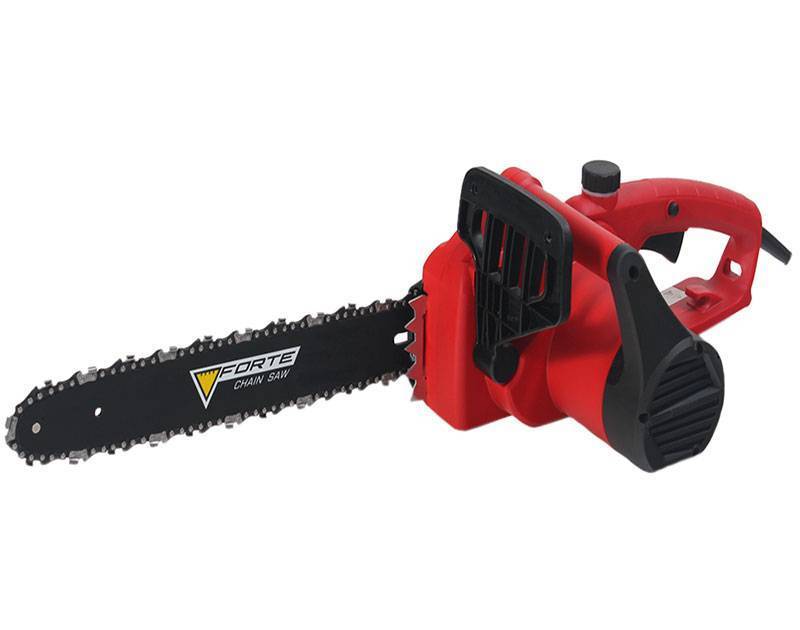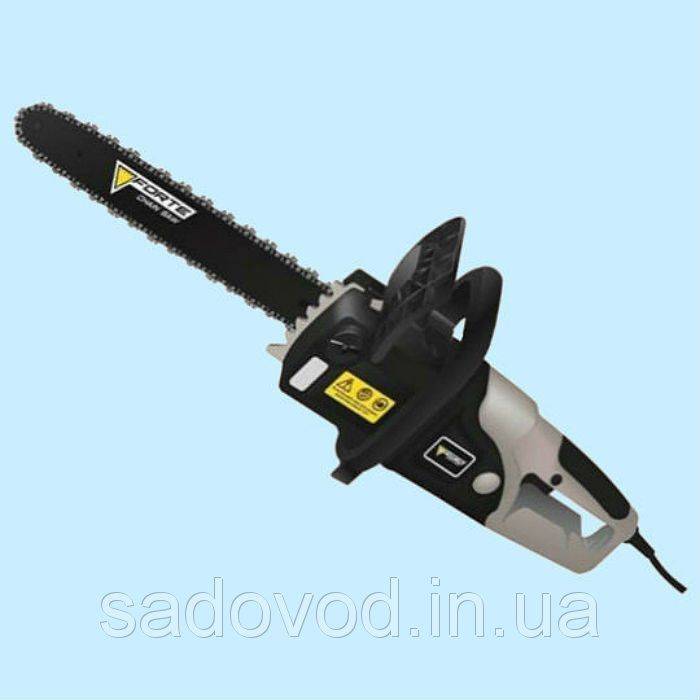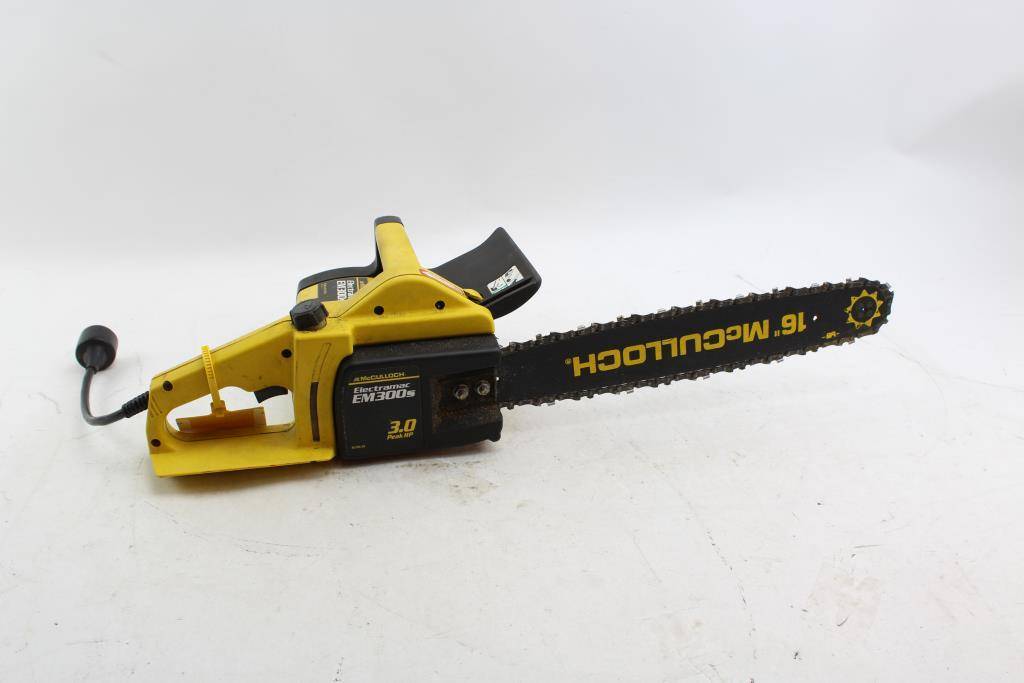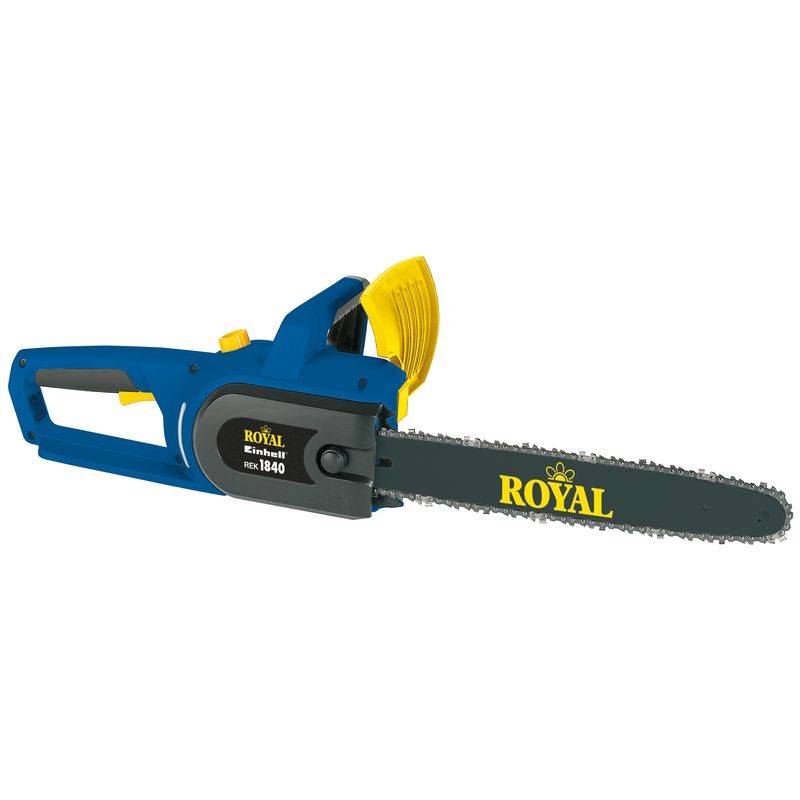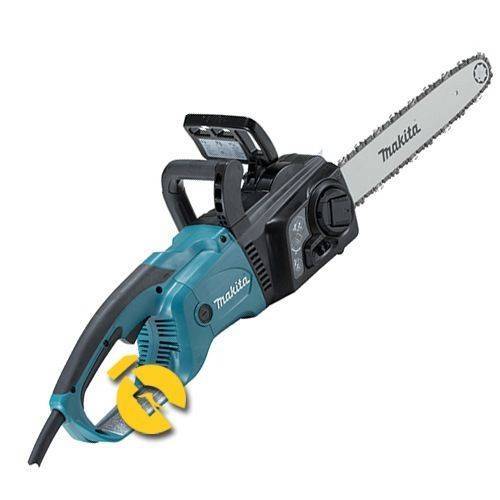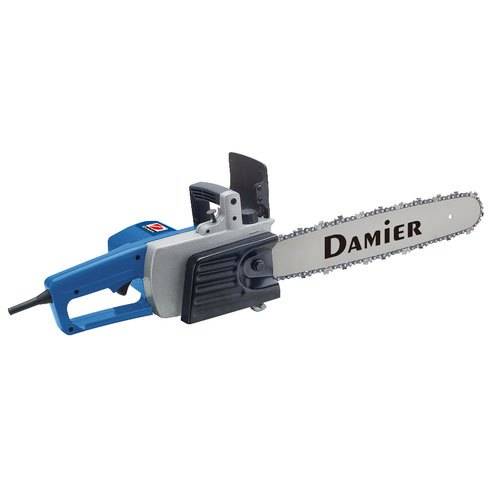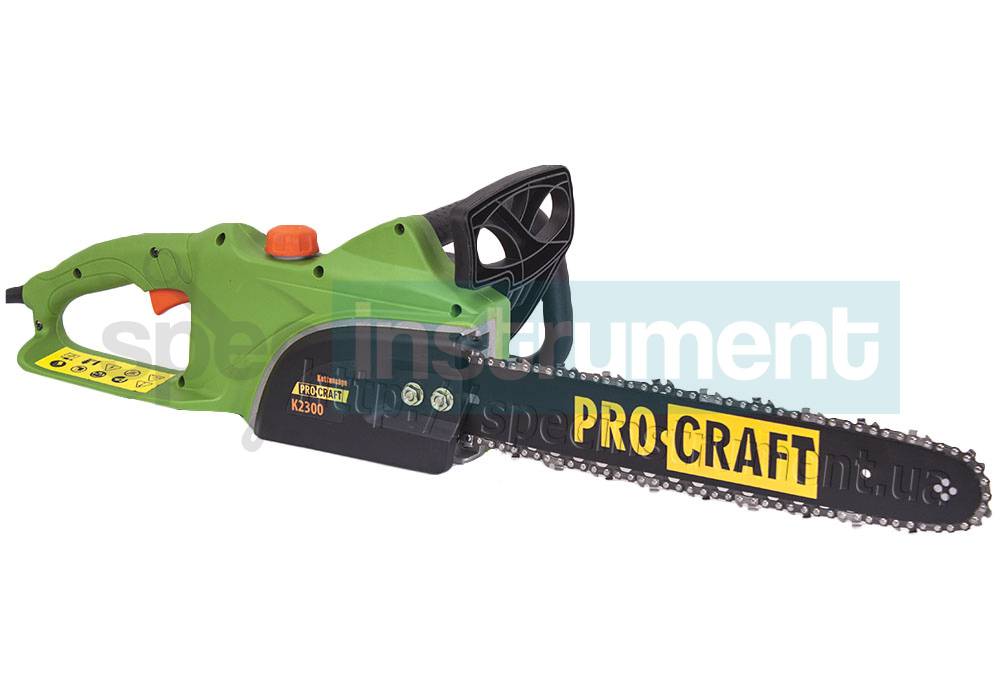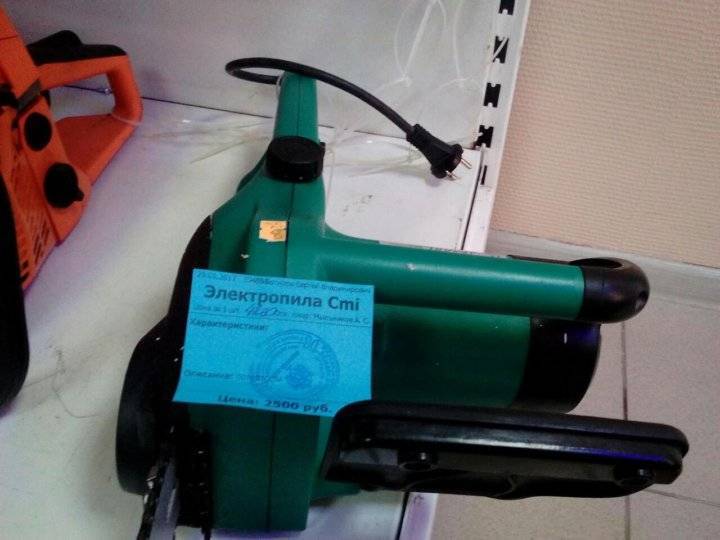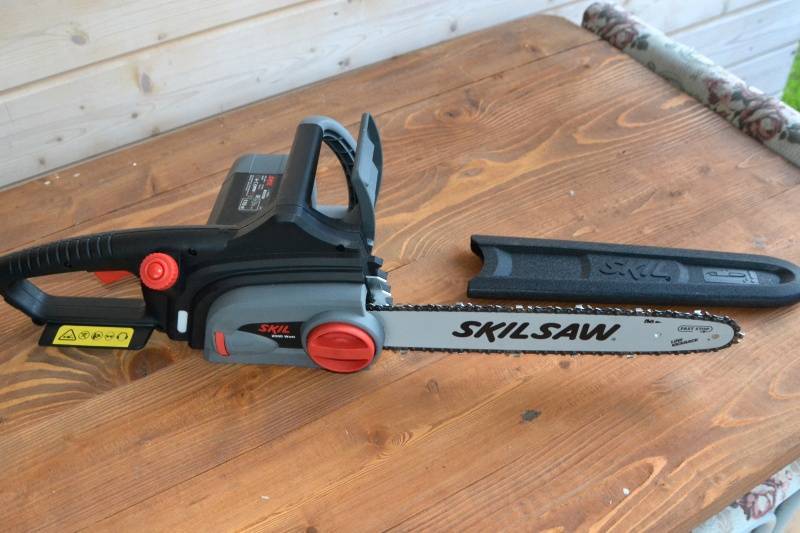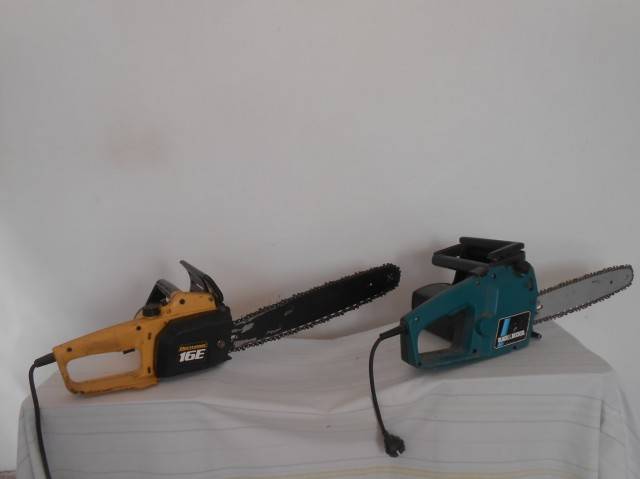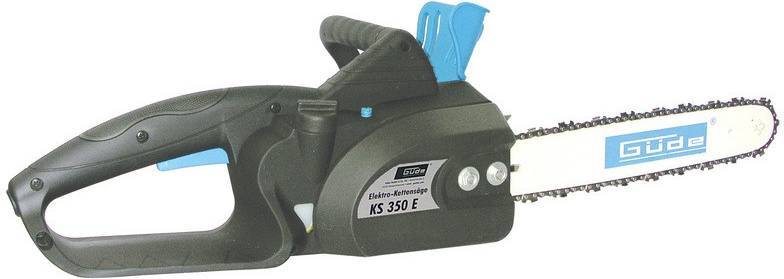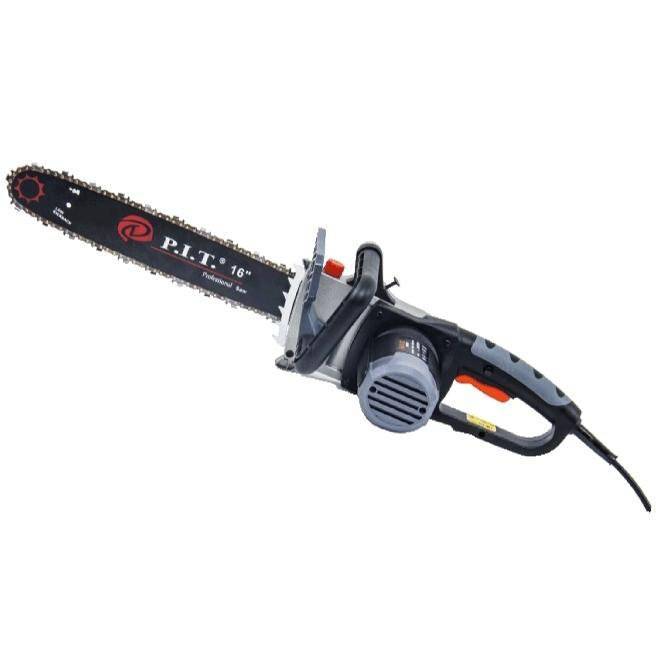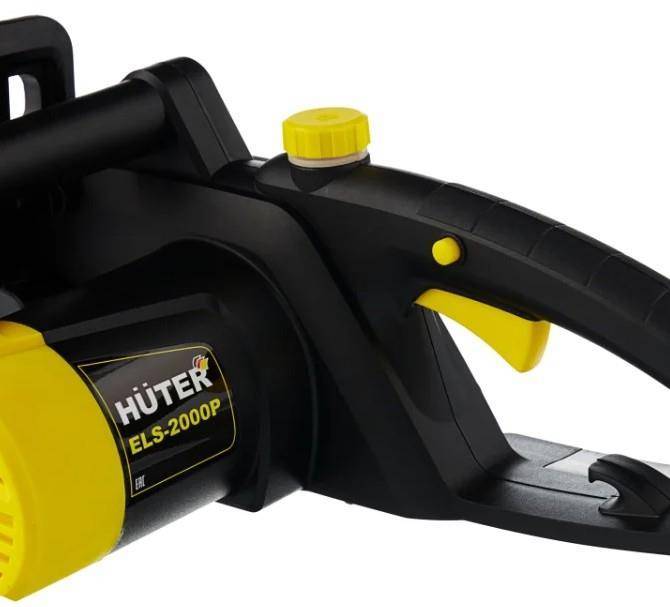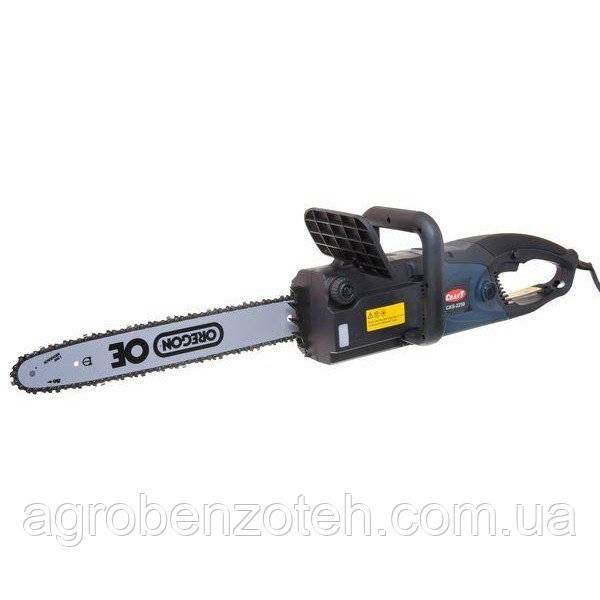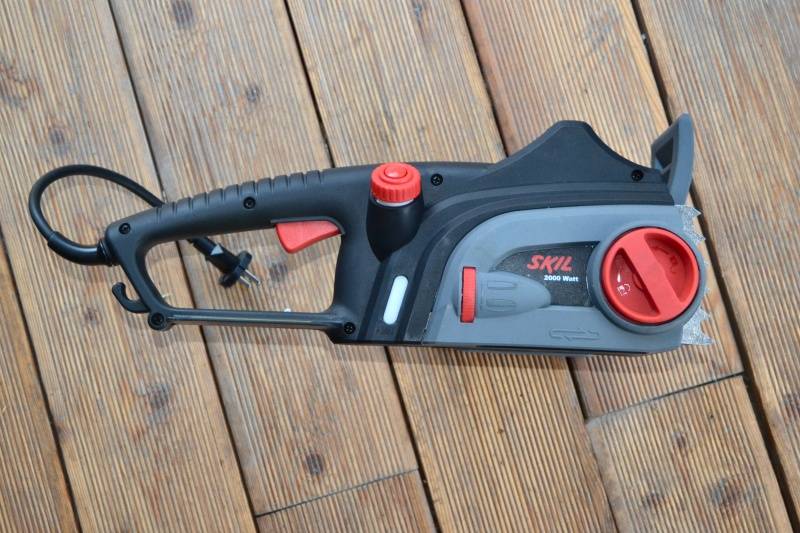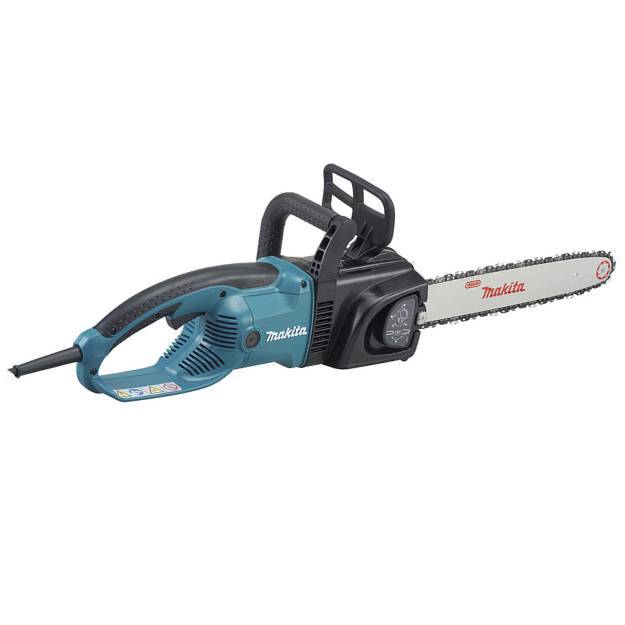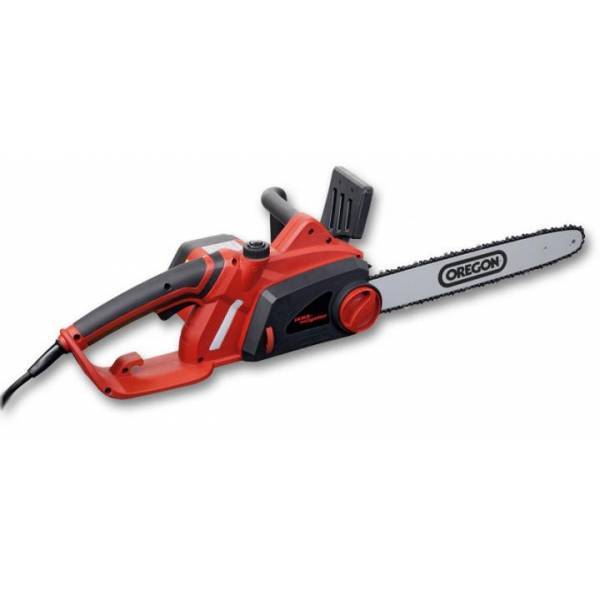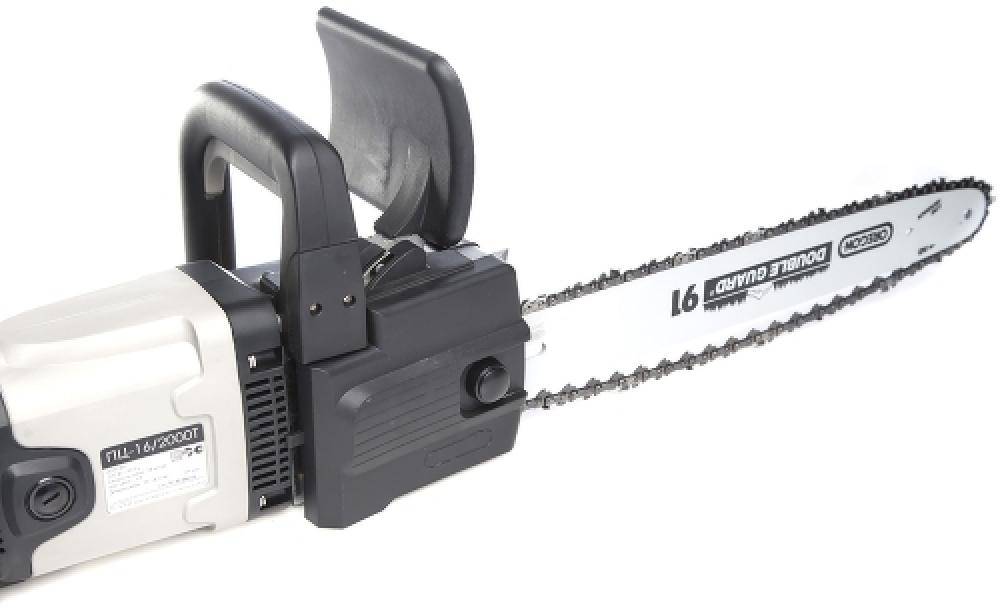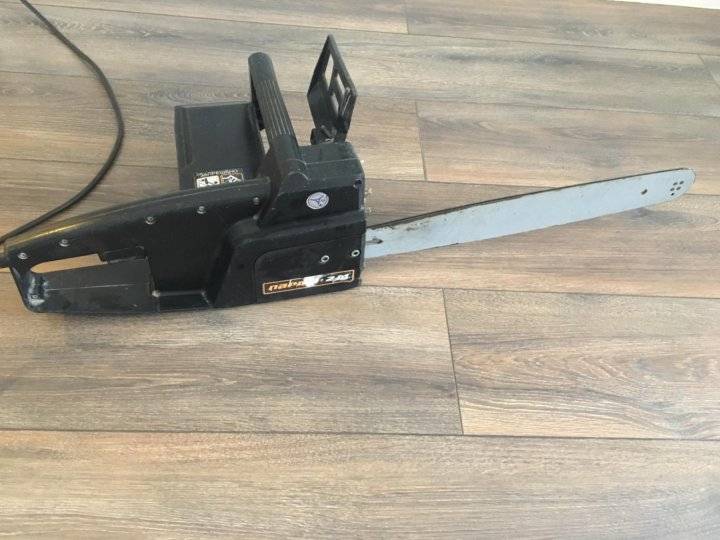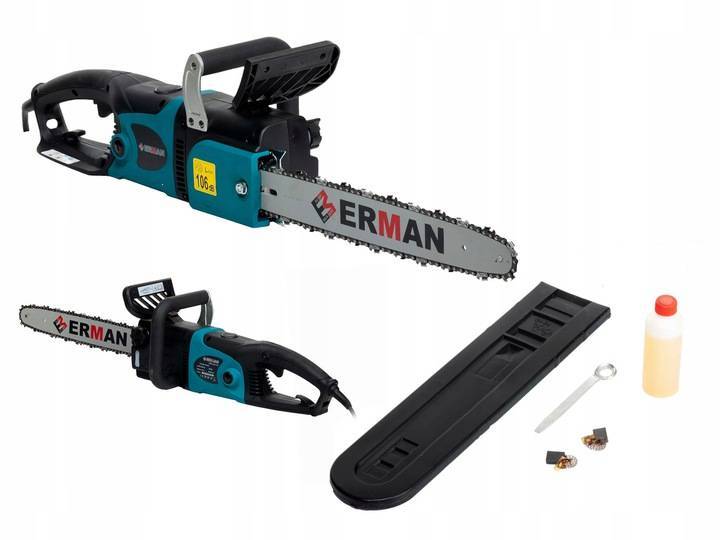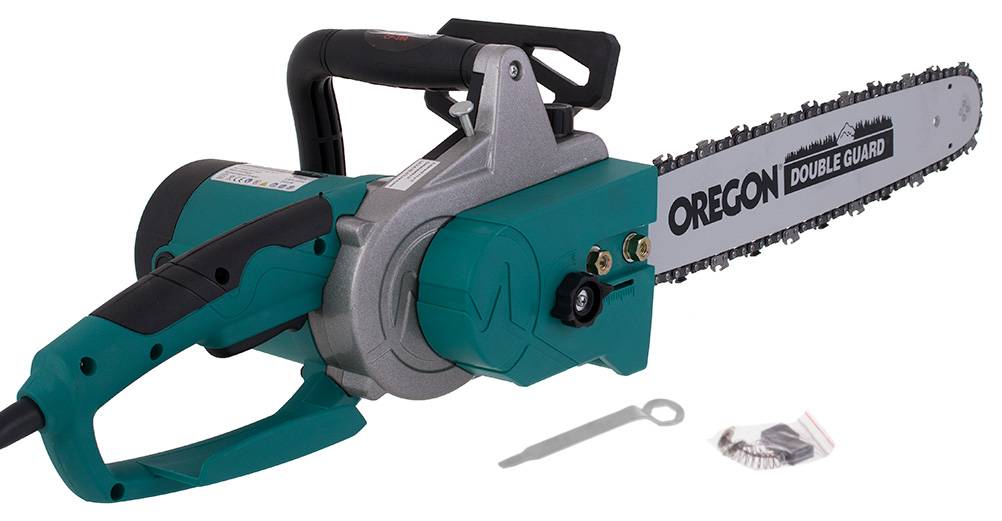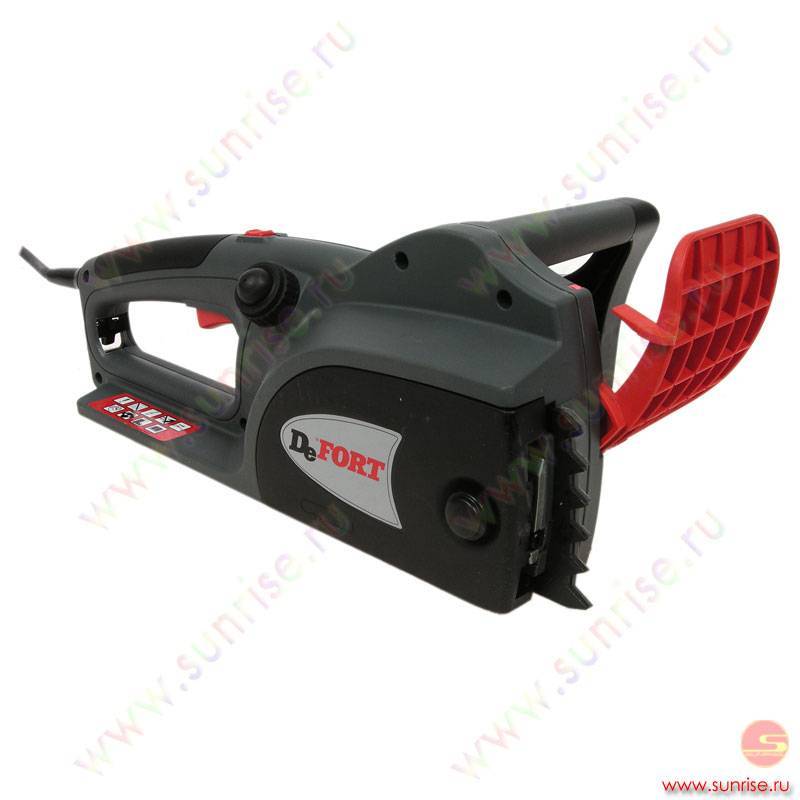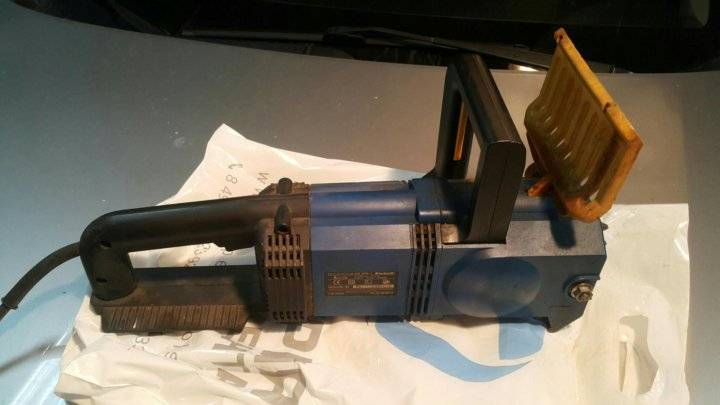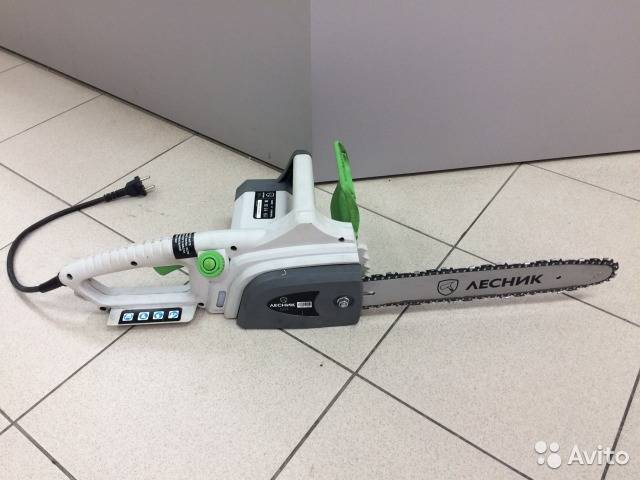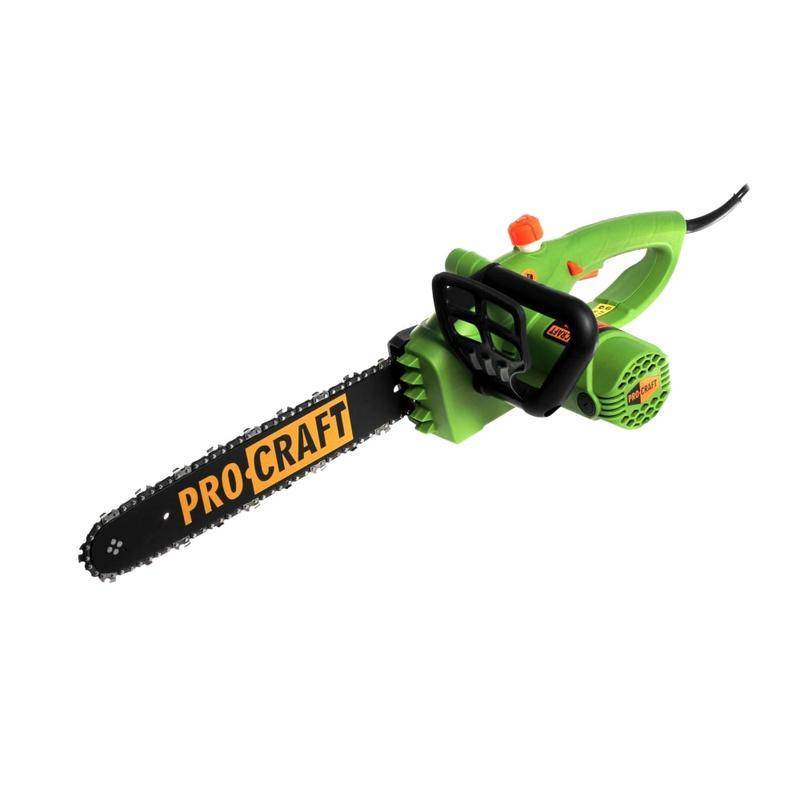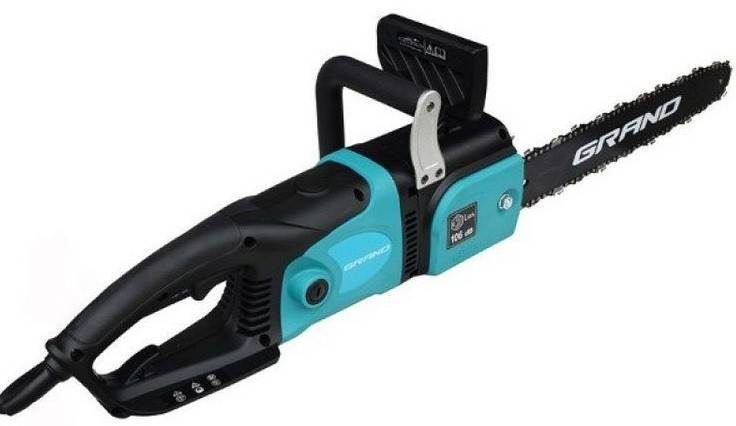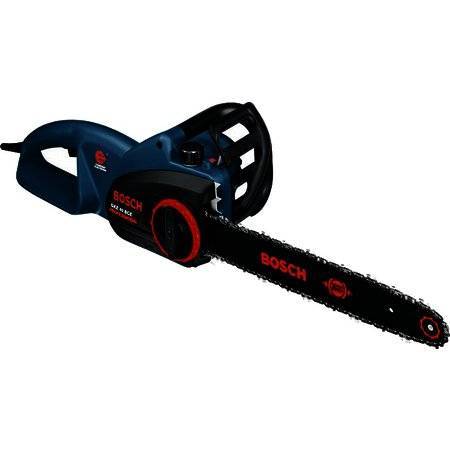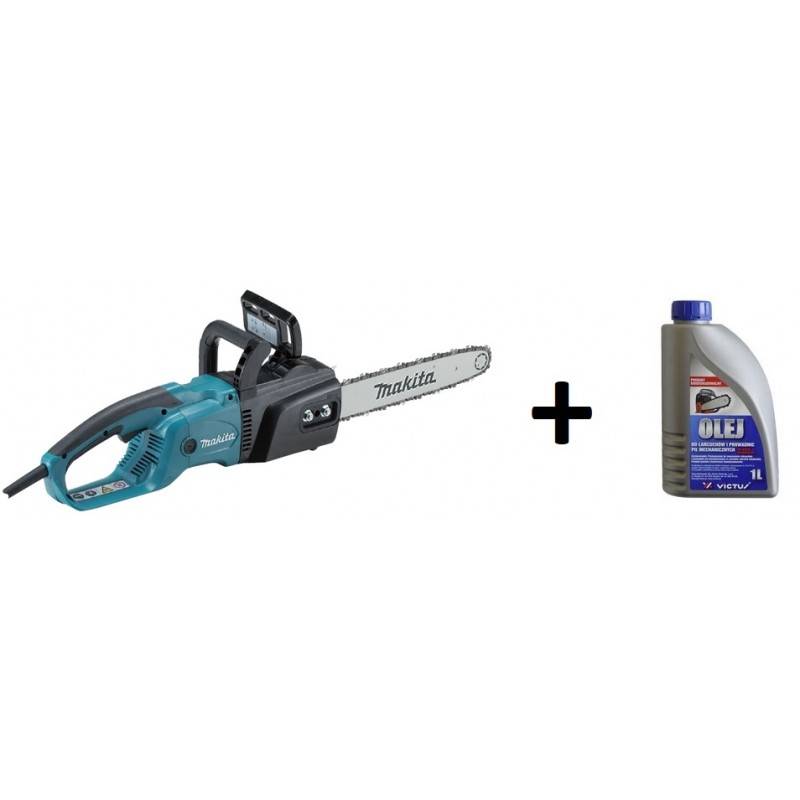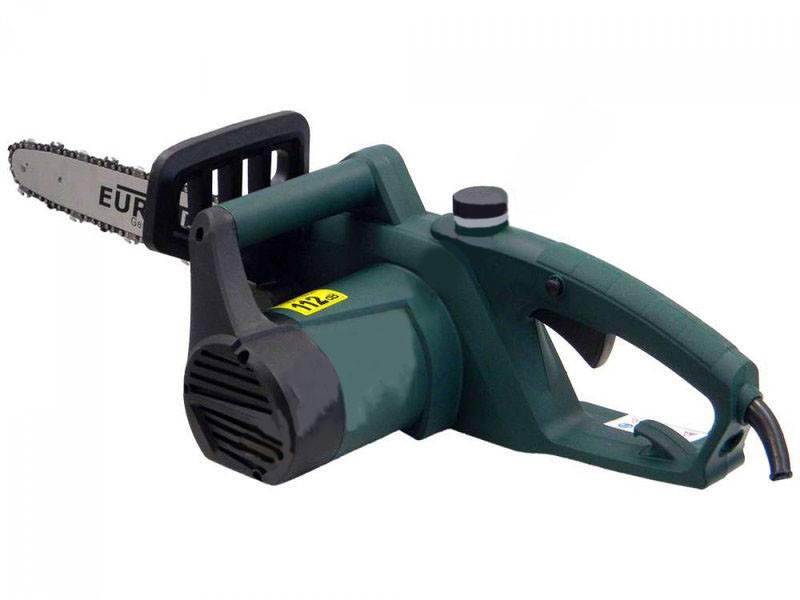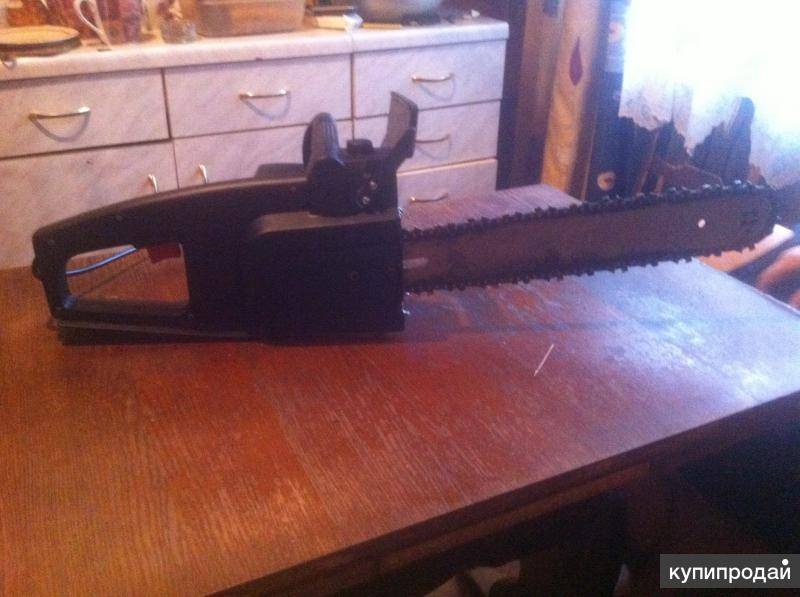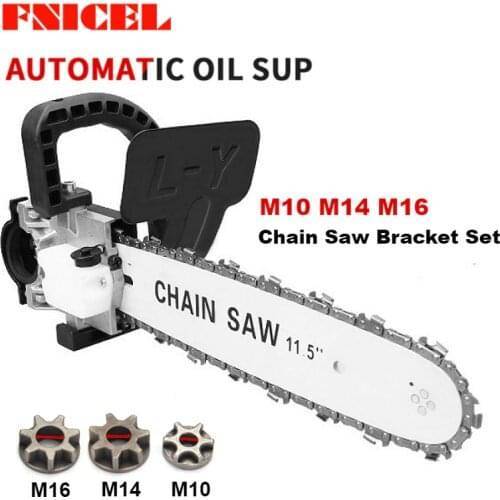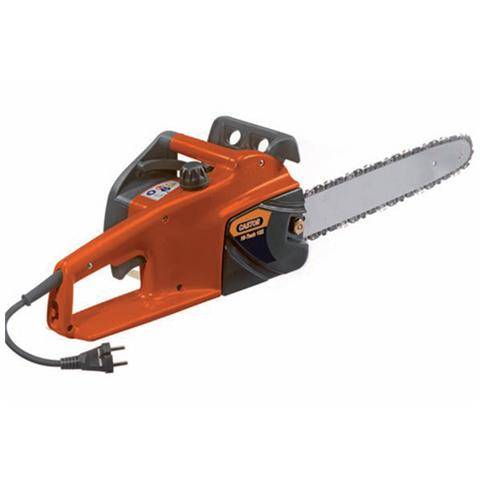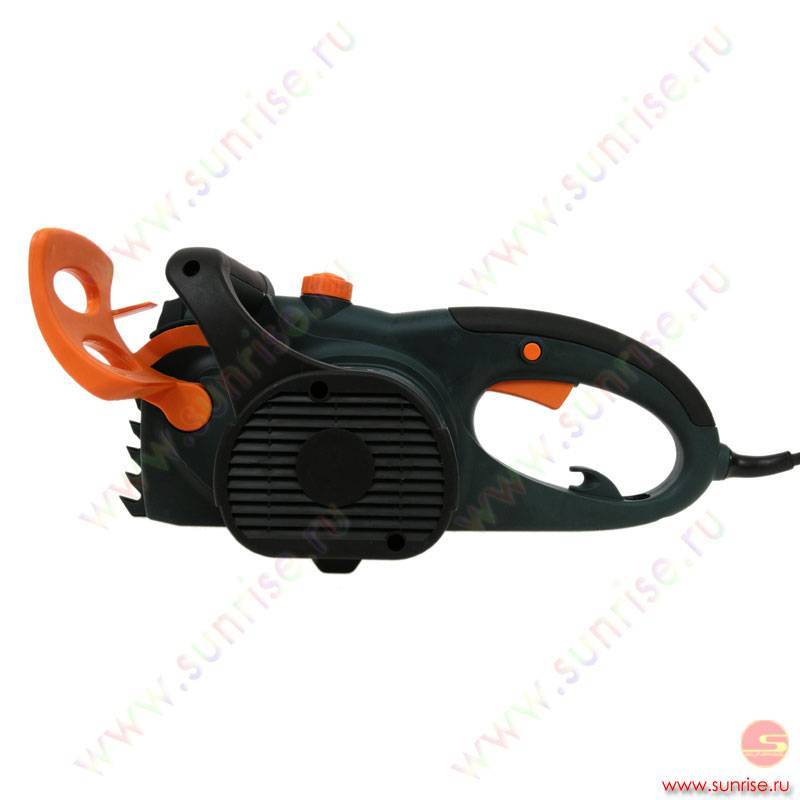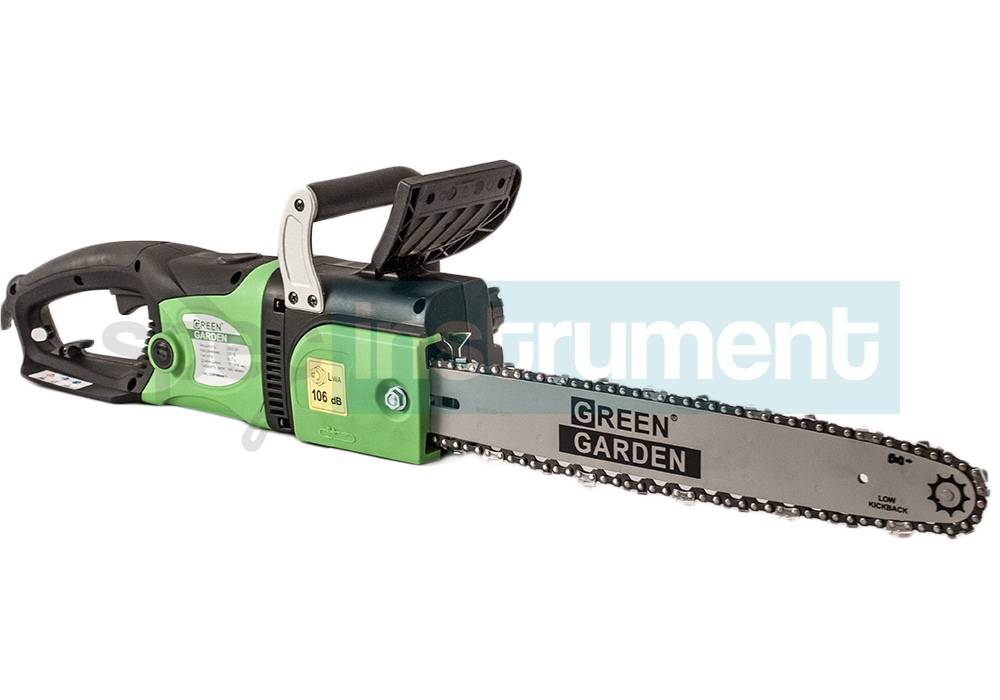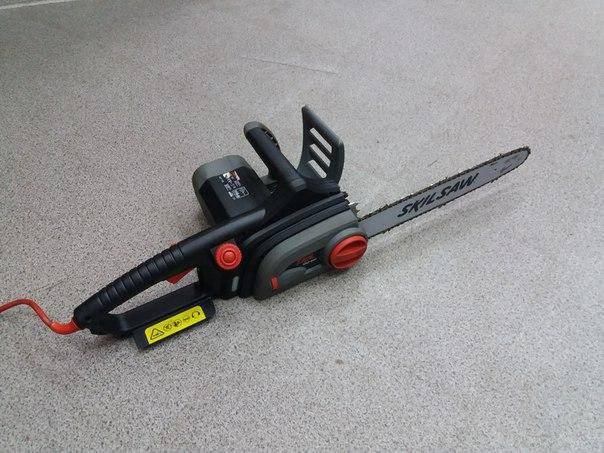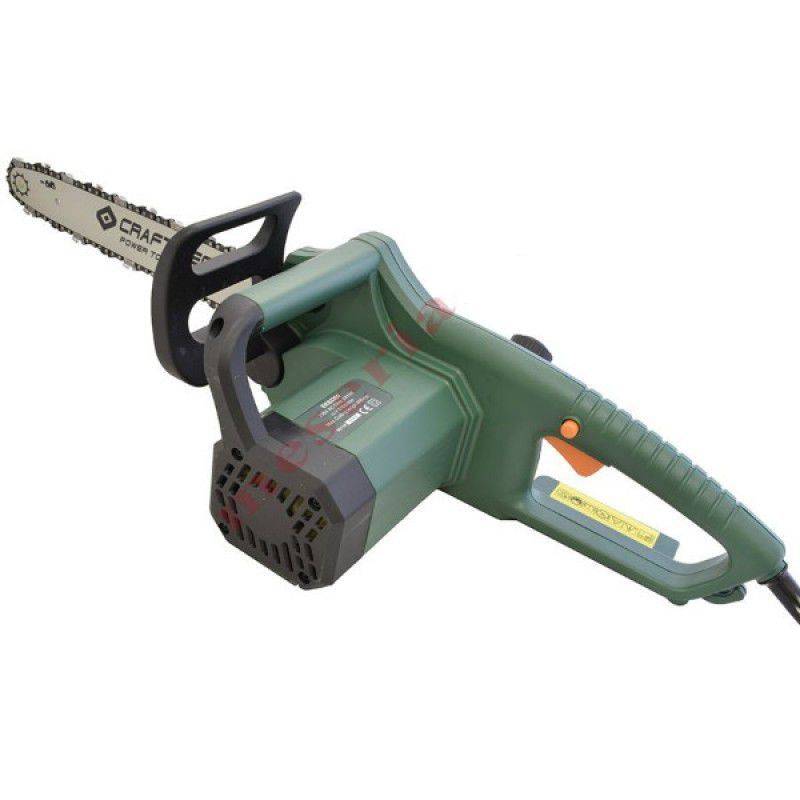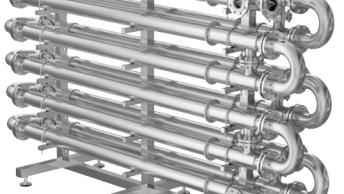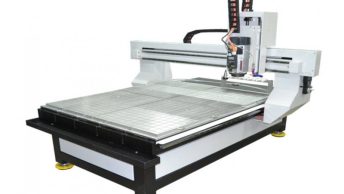How to make a simple machine
With over 30 creative, fun, and unique ideas for teaching simple machines for kids you are bound to find the perfect project for your target audience. These are fun activiteis for kids in social isolation as you can make simple machines around the house .Your hardest choice is which one of these science projects to try first!
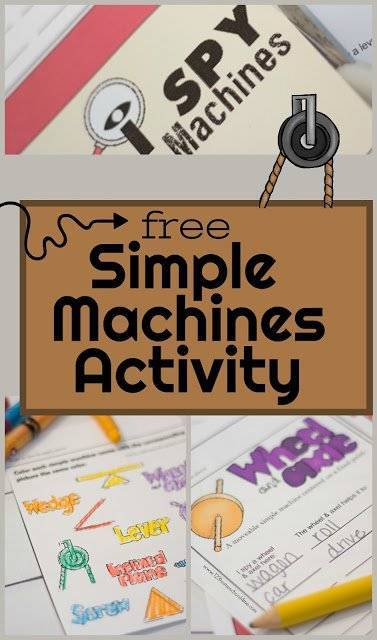
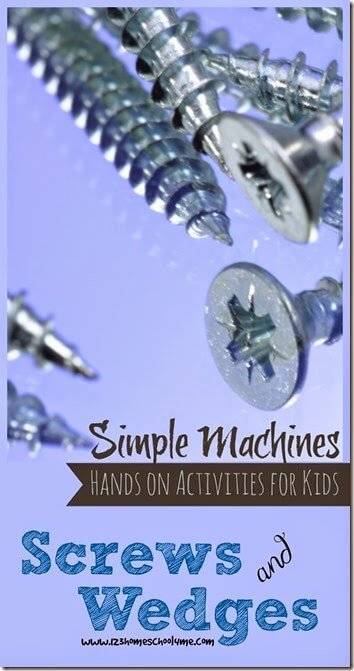
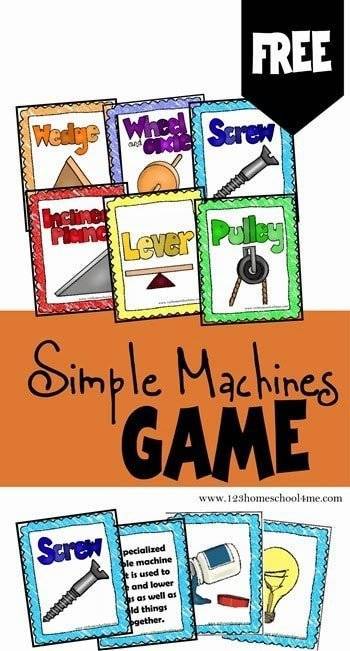
Simple Machines for Kids
- Inclined Planes for kids – explanation, activities, and resources
- Wheel and Axle for kids lesson with projects and other fun ideas
- Gears for Kids filled with lots of hands on activities
- Wedges and Screw Simple Machine Lesson for children
- Levers and Pulleys lesson for students
- I Spy simple machines for kids
- MATCH – Simple Machines Game
- 30 Simple Machines for Kids Projects
- Free Simple Machines Worksheet to fold into a clever booklet
- Candy Simple Machines Project
- Pulley Experiment from recycled materials
Fun Science for Kids
Looking for lots more fun, science experiments for kids? You’ve GOT to try some of these outrageously fun science experiments for kids! We have so many fun, creative and easy science experiments for elementary age children:
- 100 Amazing Food science experiments for kids – arranged by type of science
- Colorful Capillary action science experiment (also known as walking water)
- Amaze kids with these 12 Hands on Science experiments with batteries
- 24 Epic Solar system science projects to try this week
- Fun Water balloon science experiment that explores density
- 50 Fun Preschool science experiments the whole family will want to try
- Simple Galaxy science project
- Easy and Fun Dancing Raisins Experiment
- Learn about weather as you find how to make a weather vane
- Eye opening Eye science experiments
- Easy-to- make Air pressure science project
- Amazing POP rocks science experiment is one of our all-time favorite science experiments we like to do during the summer are
- Stunning Chromatography Flowers are so pretty you’ll forget it was as science project!
- How to Make a Lava Lamp – super easy and SO cool!
- 30 Simple machines science projects kids will want to try
- Easy, fascinating, and colorful project answering Why do Leaves Change Color Experiment
- Free Printable Animal Classifications for Kids Cootie Catchers
- 19 Edible science experiments – which delicious project will you try first?
- HUGE Free Solar System Unit (coloring pages, hands on science projects, worksheets, and more!)
- Pipe Cleaner Constellation Activity (As seen on Good Housekeeping!)
- Teach kids about conductivity with this fun squishy circuits projects
- Amazing, Heat Sensitive, Color Changing Slime
- Life Cycles for Kids (from penguin to sunflower and spider to turkey we have LOTS of life cycles to explore and learn about)
- EASY, Colorful Oil and Water Science Experiment
- Kids will be amazed as you change colors of white flowers with this Dying Flowers Science Experiment
- This super cool Lego Zipline is fun and simple to make
- Human Body Project
- Check out this super cool look INSIDE a Volcano Project
- Exploding Watermelon – science experiment that explores potential and kinetic energy with a big WOW moment!
- Memorable Life Size Skeletal system science project – includes free printable template
- Find LOTS more Easy Science Experiments for kids of all ages!
- Money Math Games – lots of fun, clever, and FREE money games and activities for kids.
Looking for more fun, creative ways you can begin your free homeschool? We have over 1,000,000 pages of FREE Printable Worksheets including resources for: pre k worksheets, kindergarten worksheets, 1st grade worksheets, 2nd grade worksheets, 3rd grade worksheets, 4th grade worksheets, 5th grade worksheets, 6th grade worksheets, and more. Plus see our history lessons for kids, hands-on countries for kids, printable math games, language arts worksheets, sight word worksheets, free alphabet printables, and cvc word activities for kids of all ages!
Examples of Lever Simple Machine
1. Nut Cracker
A nutcracker is a prominent example of a second-class lever simple machine. Here, the fulcrum is located at one end of the machine, and the load or the nut, in this case, is placed in the middle. The force required to break the nut is applied to the end that is present opposite to the fulcrum.
2. Seesaw
Seesaws demonstrate the working of a first-class lever simple machine in the simplest possible way. Here, the fulcrum is located in the middle of an iron rod. The child sitting on one end of the beam acts as a load, while the child sitting on the opposite end applies the necessary force to move the load.
3. Scissors
The pivot along which the complete structure of a pair of scissors moves is located in the middle. The load, i.e., the paper or cloth is placed between the blades of the scissors at one end, whereas the user exerts mechanical force to the opposite end. The applied force gets transferred to the load through the fulcrum or the pivot, thereby causing the deformation of the load. Hence, a pair of scissors act as a first-class lever simple machine.
4. Plier
In terms of working, a plier is very much similar to that of a pair of scissors. It is yet another example of a first-class lever machine where the force is applied at one end, the load is placed at the opposite end, and the balance point is present in the middle.
5. Stapler
The balance point or the fulcrum of a stapler is present at one edge, whereas the force is applied to the opposite end. The load or the sheets of paper are placed in the middle. Hence, a stapler is a classic example of second-class lever simple machines.
6. Wheelbarrow
A wheelbarrow consists of a metallic container that is attached with handles at one end and a wheel at the other end. Here, the wheel acts as a fulcrum or the balance point, the load is placed in the middle, and the push force is applied to the handles. Therefore, the arrangement forms a second-class lever simple machine.
7. Human body
Various joints in the human body function on the basic principle of a lever simple machine. These body parts include the elbow joint, Achilles tendon, the joint between hummers and radius-ulna, the joint between the skull and the atlas vertebrae, etc.
8. Broom
When a broom is used for sweeping dirt, it acts as a third-class lever simple machine. This is because the load is present at the one end of the broom, i.e., on the brush side, the effort or the force is applied in the middle, and the pivot is located at the top.
9. Hammer
Hammer is yet another example of a third-class lever machine. The force is applied at the centre, the load or the reaction of the force is observed at the end, and the pivot is formed on the opposite end.
10. Balance Scale
A balance scale makes use of a pivot in the middle of a beam. On either side of the scale, containers are attached that are used to contain the standard and the unknown weights. This means that the fulcrum is present in the middle, whereas the load and effort are present on either side of the beam. Hence, a balance scale is one of the best examples of a first-class lever simple machine.
Force multipliers
In addition to reducing friction, a wheel and axle can also serve as a force multiplier, . If a wheel is attached to an axle, and a force is used to turn the wheel, the rotational force, or torque, on the axle is much greater than the force applied to the rim of the wheel. Alternatively, a long handle can be attached to the axle to achieve a similar effect.
The other five machines all help humans increase and/or redirect the force applied to an object. In their book “Moving Big Things” (It’s about time, 2009), Janet L. Kolodner and her co-authors write, “Machines provide mechanical advantage to assist in moving objects. Mechanical advantage is the trade-off between force and distance.” In the following discussion of the simple machines that increase the force applied to their input, we will neglect the force of friction, because in most of these cases, the frictional force is very small compared to the input and output forces involved.
When a force is applied over a distance, it produces work. Mathematically, this is expressed as W = F × D. For example, to lift an object, we must do work to overcome the force due to gravity and move the object upward. To lift an object that is twice as heavy, it takes twice as much work to lift it the same distance. It also takes twice as much work to lift the same object twice as far. As indicated by the math, the main benefit of machines is that they allow us to do the same amount of work by applying a smaller amount of force over a greater distance.
A seesaw is an example of a lever. It’s a long beam balanced on a pivot. (Image credit: BestPhotoStudio Shutterstock)
Inclined plane
The inclined plane is simply a flat surface raised at an angle, like a ramp. According to Bob Williams, a professor in the department of mechanical engineering at the Russ College of Engineering and Technology at Ohio University, an inclined plane is a way of lifting a load that would be too heavy to lift straight up. The angle (the steepness of the inclined plane) determines how much effort is needed to raise the weight. The steeper the ramp, the more effort is required. That means that if we lift our 100-lb. weight 2 feet by rolling it up a 4-foot ramp, we reduce the needed force by half while doubling the distance it must be moved. If we were to use an 8-foot (2.4 m) ramp, we could reduce the needed force to only 25 lbs. (11.3 kg).
Wheel and axle
The wheel is considered to be one of the most significant inventions in the history of the world. “Before , humans were severely limited in how much stuff we could transport over land, and how far,” wrote Natalie Wolchover in the Live Science article “Top 10 Inventions that Changed the World.” “Wheeled carts facilitated agriculture and commerce by enabling the transportation of goods to and from markets, as well as easing the burdens of people traveling great distances.”
The wheel greatly reduces the friction encountered when an object is moved over a surface. “If you put your file cabinet on a small cart with wheels, you can greatly reduce the force you need to apply to move the cabinet with constant speed,” according to the University of Tennessee.
In his book “Ancient Science: Prehistory-A.D. 500” (Gareth Stevens, 2010), Charlie Samuels writes, “In parts of the world, heavy objects such as rocks and boats were moved using log rollers. As the object moved forward, rollers were taken from behind and replaced in front.” This was the first step in the development of the wheel.
The great innovation, though, was in mounting a wheel on an axle. The wheel could be attached to an axle that was supported by a bearing, or it could be made to turn freely about the axle. This led to the development of carts, wagons and chariots. According to Samuels, archaeologists use the development of a wheel that rotates on an axle as an indicator of a relatively advanced civilization. The earliest evidence of wheels on axles is from about 3200 B.C. by the Sumerians. The Chinese independently invented the wheel in 2800 B.C.
Simple machines for kids
Are your elementary age students learning about simle machines for kids? If so the best way to learn is to do; try making some simple machine projects to see how helpful simple machines are in action! Using these simple machines projects you can learn about simple machines like inclined planes, wheel & axel, wedges, levers, pulley, and screws with these fun science experiments for kids. Whether you are a parent, teacher, or homeschooler – you will love that these simple machines experients are created making simple machines with household items! So keep scrolling, pick a DIY simple machines to try, and get working on simple machines at home with your preschoolers, kindergartners, grade 1, grade 2, grade 3, grade 4, grade 5, and grade 6 students!
Lever
This boastful claim is attributed to the third-century Greek philosopher, mathematician and inventor Archimedes. While it may be a bit of an exaggeration, it does express the power of leverage, which, at least figuratively, moves the world.
The genius of Archimedes was to realize that in order to accomplish the same amount or work, one could make a trade-off between force and distance using a lever. His Law of the Lever states, “Magnitudes are in equilibrium at distances reciprocally proportional to their weights,” according to “Archimedes in the 21st Century,” a virtual book by Chris Rorres at New York University.
The lever consists of a long beam and a fulcrum, or pivot. The mechanical advantage of the lever depends on the ratio of the lengths of the beam on either side of the fulcrum.
For example, say we want to lift a 100-lb. (45 kilograms) weight 2 feet (61 centimeters) off the ground. We can exert 100 lbs. of force on the weight in the upward direction for a distance of 2 feet , and we have done 200 pound-feet (271 Newton-meters) of work. However, if we were to use a 30-foot (9 m) lever with one end under the weight and a 1-foot (30.5 cm) fulcrum placed under the beam 10 feet (3 m) from the weight, we would only have to push down on the other end with 50 lbs. (23 kg) of force to lift the weight. However, we would have to push the end of the lever down 4 feet (1.2 m) in order to lift the weight 2 feet. We have made a trade-off in which we doubled the distance we had to move the lever, but we decreased the needed force by half in order to do the same amount of work.
Making Simple Machines with Household Items
These simple machine experiments are truly the best for exploring and learning while having FUN and creating something amazing!
- This DIY Muscle Machine from KiwiCo is a fascinating project using pulleys.
- I Spy Simple Machines from 123 Homeschool 4 Me is a free printable that not only teaches about simple machines, but gives instructions for a fun simple machines scavenger hunt too!
- Bubble Machine Blower Machine from Teach Beside Me – this is such a fun idea kids will get excited about that explores the wheel simple machine
- Lego Zipline from Little Bins for Little Hands is such a cool project to explore pulleys with kids
- This easy to make pulley and lever board from Inspiration Labratories is the perfect introductory project to do indoors with kids of all ages!
- Levers have never been more fun than when you create one out of recycled materials like The OT Toolbox
- DIY Craft Stick Catapult is a fun-to-try activity learning about levers from Coffee Cups and Crayons
- Make science come alive for kids with this Straw Roller coaster from Frugal Fun 4 Boys that explores inclined planes with kids!
- Dive into history with this Ancient Civilization Irrigation Model that explores several simple machines from Teach Student Savvy
Fun Science for Kids
Looking for lots more fun, science experiments for kids? You’ve GOT to try some of these outrageously fun science experiments for kids! We have so many fun, creative and easy science experiments for elementary age children:
- 100 Amazing Food science experiments for kids – arranged by type of science
- Colorful Capillary action science experiment (also known as walking water)
- Amaze kids with these 12 Hands on Science experiments with batteries
- 24 Epic Solar system science projects to try this week
- Fun Water balloon science experiment that explores density
- 50 Fun Preschool science experiments the whole family will want to try
- Simple Galaxy science project
- Easy and Fun Dancing Raisins Experiment
- Learn about weather as you find how to make a weather vane
- Eye opening Eye science experiments
- Easy-to- make Air pressure science project
- Amazing POP rocks science experiment is one of our all-time favorite science experiments we like to do during the summer are
- Stunning Chromatography Flowers are so pretty you’ll forget it was as science project!
- How to Make a Lava Lamp – super easy and SO cool!
- 30 Simple machines science projects kids will want to try
- Easy, fascinating, and colorful project answering Why do Leaves Change Color Experiment
Pulley
If we want to lift that same 100-lb. weight with a rope, we could attach a pulley to a beam above the weight. This would let us pull down instead of up on the rope, but it still requires 100 lbs. of force. However, if we were to use two pulleys — one attached to the overhead beam, and the other attached to the weight — and we were to attach one end of the rope to the beam, run it through the pulley on the weight and then through the pulley on the beam, we would only have to pull on the rope with 50 lbs. of force to lift the weight, although we would have to pull the rope 4 feet to lift the weight 2 feet. Again, we have traded increased distance for decreased force.
If we want to use even less force over an even greater distance, we can use a block and tackle. According to course materials from the University of South Carolina, “A block and tackle is a combination of pulleys which reduces the amount of force required to lift something. The trade-off is that a longer length of rope is required for a block and tackle to move something the same distance.”
As simple as pulleys are, they are still finding use in the most advanced new machines. For example, , a 3D printer that can build furniture-sized objects, employs a system of wires and computer-controlled pulleys anchored to the walls, floor, and ceiling.
Simple Machine Projects
Ready to make a simple machine project? We have so many fun simple machines projects ideas using simple items from around your house or classroom.
- Archimedes Screw Exploration from High Hill Education is a simple project using a plastic bottle that showcases how this invention made hundreds of years ago was able to move material.
- Kids will get a kick out of moving toys from downstairs to upstairs using this Banister Pulley from Hands on As We Grow
- Kids are sure to be impressed by this working elevator model that explores pulleys from How to Adult
- Let your kids imaginations run wild as they make their own Button Wheel & Axel Cars from Almost Unschoolers
- This Corn Pulley from Play at Home Mom LLC is just what your preschooler needs in their sandbox to make simple machines come alive
- Pulley Experiment for Kids from 123 Homeschool 4 Me uses common household items like cans to make a fun-to-try simple machine
- No time to make your own simple machine, no worries! Do what Exploring Forces & Motion from A Day in First Grade did
- Simple machines and art collide in this fun Inclined Planes Art from Strong Start
- Explore the usefulness of Inclined Planes in this “Egg”speriment from 123 Homeschool 4 Me
Wedge
According to the New Mexico Institute of Mining and Technology, “Wedges are moving inclined planes that are driven under loads to lift, or into a load to split or separate.” A longer, thinner wedge gives more mechanical advantage than a shorter, wider wedge, but a wedge does something else: The main function of a wedge is to change the direction of the input force. For example, if we want to split a log, we can drive a wedge downward into the end of the log with great force using a sledgehammer, and the wedge will redirect this force outward, causing the wood to split. Another example is a doorstop, where the force used to push it under the edge of the door is transferred downward, resulting in frictional force that resists sliding across the floor.
Additional reporting by Charles Q. Choi, Live Science contributor
Additional resources
- John H. Lienhard, professor emeritus of mechanical engineering and history at the University of Houston, takes “another look at the invention of the wheel.”
- The Center of Science and Industry in Columbus, Ohio, has an interactive explanation of simple machines.
- , a website produced by Georgia State University, has illustrated explanations of the six simple machines.
Find some fun activities involving simple machines at the Museum of Science and Industry in Chicago.
Classes of Lever Simple Machine
The position of the three points, namely, force, load, and the fulcrum, is responsible to decide the class of the lever. The following are the three classes of a lever simple machine:
1. First Class
In this class of the lever, the fulcrum is located in the middle of the plane. The force is applied at one end of the plane, whereas the load is kept at the other end. For example, seesaw, scissors, plier, etc.
2. Second Class
In the second class of lever, the load is present at the middle of the plane. The fulcrum is located at one end, whereas the force is applied at the opposite end. For example, wheelbarrow, nutcracker, stapler, etc.
3. Third Class
In the third class of lever, the fulcrum is present at one end of the beam and the load is present at the opposite end. The force is applied to the middle of the plane. For example, a hockey stick, hammer, rake, etc.
Simple machines at home
Kids will have fun designing and testing out their simple machines activities they create:
- Launching Snowman from Buggy & Buddy is such a cute activity to help kids explore levers in a super creative way!
- What can simple machines make? Take a peak with this Make a Crane from At Home with Ali
- Wheel and Axle Project using plates from Sciencing is a fun, simple to make project with items you probably have laying around your house.
- Simple and to the point Movable Pulley with Paper Clips from Carrots are Orange
- Nails vs. Screws from 123 Homeschool 4 Me gives an explanation and practical hands on activities kids can do to explore the why we use screws instead of nails
- Nuts, Bults & Screw Sculptures from Preschool Powol Packets is less about learning and more about discover and observation
- from Kids Activities Blog is a mega size project showcasing the lever
- This epic PVC Pipe Pulley from Little Bins for Little Hands is big in size, not in cost or difficulty to make!
- Rolling Pin Pulley from Kids Activities Blog shows us that you don’t need anything fancy to make simple machines work
- Tissue Box Catapult from Premeditated Leftovers is a fun twist on the typical lever project you’ve seen
- Using Marbles to Experiment with Forces from Inclined Planes from The Techy Teacher turns discovering inclined planes into a game. Ready. Set. Learn!
- What’s the Big Deal with a Fulcrum? from Ozark Ramblings is a simple, no frills look at a lever.


